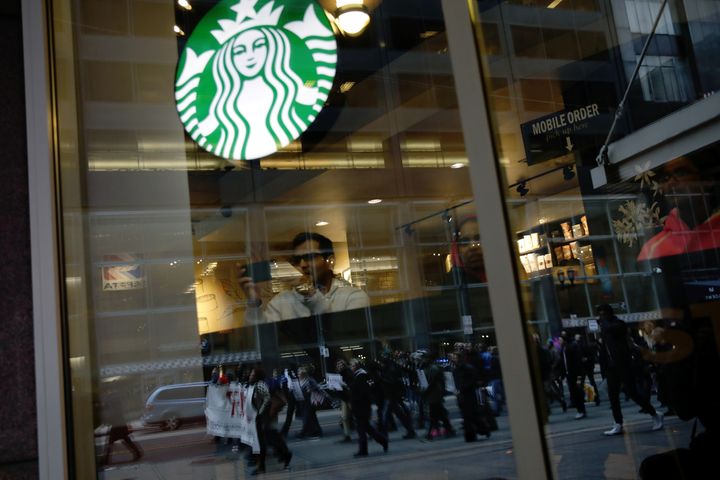
Next week, on 29 May, Starbucks will close every one of its 8,000 American stores.
Such a drastic action has been taken in response to the arrests of two black men in a Philadelphia branch of the coffee shop chain in April. To recap, the two men arrived for a business meeting and one asked to use the restroom. Neither had bought any food or drinks and the store manager responded by dialling 9-1-1. Footage of the arrest quickly made its way online and the backlash against the chain was instant.
In response to the incident, Starbucks rapidly announced plans to close all of its US stores for several hours in May, to conduct racial bias training for its 175,000-strong American workforce. It’s a bold move, and I applaud Starbucks for making it. To close so many stores and deliver training to so many staff at once is, after all, a massive commitment to making amends and a real acknowledgement of the severity of the incident.
It’s interesting though, that this response has, itself, been on the receiving end of considerable criticism.
With minority Americans comprising more than 40% of Starbucks’ US workforce, the move has been branded by many as little more than a PR exercise. The public seems to be struggling to accept that this could be a business acting genuinely out of remorse, as opposed to one that may simply have mutiny on its hands if it lets such an incident slide.
Comparisons are even being made to Starbucks’ misjudged ‘Race Together’ campaign, when in 2015, baristas were instructed to scrawl the slogan on coffee cups and invite patrons to share their thoughts on race relations. Customers quickly took to social media to voice their outrage at the brand trivialising such a delicate subject and the campaign was hastily shut down.
In light of its previous mistakes, therefore, I can understand why people might question the training that Starbucks will be giving its staff. Is it genuine? What will it consist of? In the long run, what impact will it really have? It’s vital that this training is sincere, and that Starbucks’ staff are shown how to properly respond to these situations. If it’s a simple tick-box exercise, it’s likely that nothing will change anyway and the naysayers will be proved right.
That said, I can’t help feeling as though the critics of this action are missing the bigger picture. What’s important here is the message that Starbucks is sending from the top.
A simple apology or provision of racial bias training for only the offending staff members is unlikely to make any lasting change. The fact that Starbucks is willing to go so far as to put the entirety of its American operations on pause to see this done, suggests to me that this is a leadership team which is keen to demonstrate a genuine commitment to racial equality.
The example that the brand’s senior leaders are setting for their staff by stepping up and making a bold, public commitment to combating racial bias sends as much of a message as the training itself. It’s for this reason that I welcome Starbucks’ response, as this senior action can’t be taken for granted. By way of contrast, I recently had to deal with the leadership in one organisation observing but utterly and abjectly failing to take any action towards racist comments aimed at me. It was even suggested that I was the cause of the problem.
There’s a cliché around race that we need to be brave enough to have the conversation. Organisations adopting this approach believe that racism affects all people equally because we all need to be ‘brave’, but this can be patronising and simplistic. Minorities don’t speak up, not because they’re not ‘brave’, but because it’s not safe. Speak up as a minority and you may be seen as the problem. This happens in places where leaders aren’t sufficiently engaged, which then enables racism not just to exist, but to flourish.
Therefore, it’s important that Starbucks continues to develop its programme, if the brand is to ensure that this training has an impact and experiences like mine are avoided. This needs to be a lasting change, as opposed to a single day of training. Likewise, as important as it is for leadership to motivate staff to support racial equality, there also needs to be consequences when boundaries are crossed. Starbucks has hit the nail on the head in this instance, by publicly acknowledging that its staff have behaved inappropriately and arranging compulsory training for all employees, as opposed to just the offending individuals.
What we need to see happen next, in my mind, is other companies following Starbucks’ example and making similar commitments to equality. Providing racial bias training for staff is one way to achieve this, but the most important part is to secure senior recognition of the issue and support of ongoing initiatives to address it.
The opportunity is address the issue of racial equality is here; staring us in the face. Let’s make progress today; not amends tomorrow.
